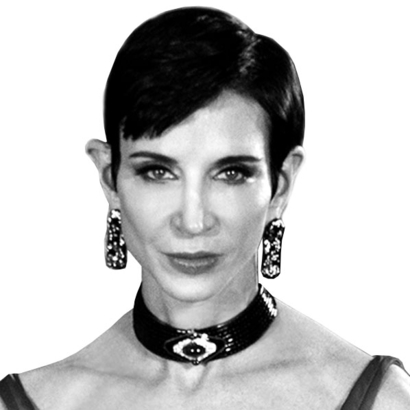The central conflict of The Shark Is Broken, the tragicomedy about the making of Jaws, premiering at the Golden Theatre on Thursday, does not involve man and beast so much as beastly men. Co-authored by Joseph Nixon and Ian Shaw, the 53-year-old son of the late British actor and Jaws star Robert Shaw, the play tells the story of the discord that erupted among the movie’s three male leads while on location on Martha’s Vineyard in 1974.
Robert Shaw, Richard Dreyfuss, and Roy Scheider got increasingly on each other’s nerves as the shoot dragged on for three extra months, partly because the picture’s mechanical sharks perpetually malfunctioned. Much of the play’s appeal lies in Ian’s virtuosic impersonation of his father, who died when his look-alike son was eight. “I was very nervous playing him,” Ian states. “The role was fraught with dangers. I didn’t want to embarrass the family. How would it be possible to get the tone right?”

Robert Shaw, a prodigious drinker, taunted Dreyfuss so relentlessly on set that, 20 years later, when Ian auditioned for a production of Hamlet directed by the American actor, “Richard was still suffering from the experience of working with my father,” Ian recalls. Not surprisingly, among the themes to emerge during the tight, 95-minute drama are the complexity of father-son dyads (Robert’s killed himself, Roy’s abused him, Richard’s abandoned him) and the fragile nature of masculinity. “The most pertinent relationship is with the father, and the most damaging,” Ian notes.

Even though Roy (played by Colin Donnell) is the most restrained of the three, Ian finds him “in some ways to be the most interesting. Roy’s in the middle, with those two electrons spinning around him. Roy stood up to his father. He found the strength to overcome a poisoned legacy. I want to be more like Roy.” In the American version of The Shark Is Broken (which originated in the U.K.), the Roy character is given the chance to showboat a little. During one solo sequence, he strips down to his Speedo in order to catch some rays with a foil reflector. “It’s all true! Roy loved to sunbathe,” Ian says.
In spite of the paternal shortcomings that Ian, the 9th of Robert’s 10 children, exposes nightly, he says that he “adored his father. He was my hero. He lit up a room with his charisma.” As a child, he did not find it scary to see the shark eat his father at the end of Jaws, because he felt he was watching Quint, the script’s psycho sea dog, “not my father. I could separate the two things. I remember feeling that Quint had caused his own death.”

There were in fact several models of the pneumatic monster, each named Bruce in honor of director Steven Spielberg’s lawyer. Among the reasons the Bruces kept breaking is that they were built for fresh water rather than for salt water, and their ostensibly waterproof neoprene skin turned out to be absorbent. (The crew nicknamed the movie “Flaws.”) As Alex Brightman’s manic Dreyfuss character says a third of the way into the show, “You’re not going to believe this.... They get the replacement shark, they strap it to the rig, they take it underwater, they bring it back up, and it’s got a huge dent in its chin. Fucking thing looks like Kirk Douglas.”
“I was very nervous playing [Robert Shaw]. The role was fraught with dangers. I didn’t want to embarrass the family.”
The audience never sees the titular shark—only a cross section of the Orca fishing vessel and some projected images of sky and sea. They never glimpse Spielberg, either, though the director’s existence is occasionally indicated by an offstage voice-over.

The 27-year-old Spielberg exploited the real-life tension among his stars to enhance their on-screen dynamic. And, in hindsight, he understood that hinting at the shark’s presence, rather than having a Bruce available for more scenes, ended up heightening the moviegoers’ anxiety. As Spielberg reflected years later—and he could just as well be speaking for Ian Shaw today—“The shark not working was a godsend.”
The Shark Is Broken premieres at the Golden Theatre, on Broadway, on August 10
Amy Fine Collins is an Editor at Large at AIR MAIL. She is the author of The International Best-Dressed List: The Official Story


